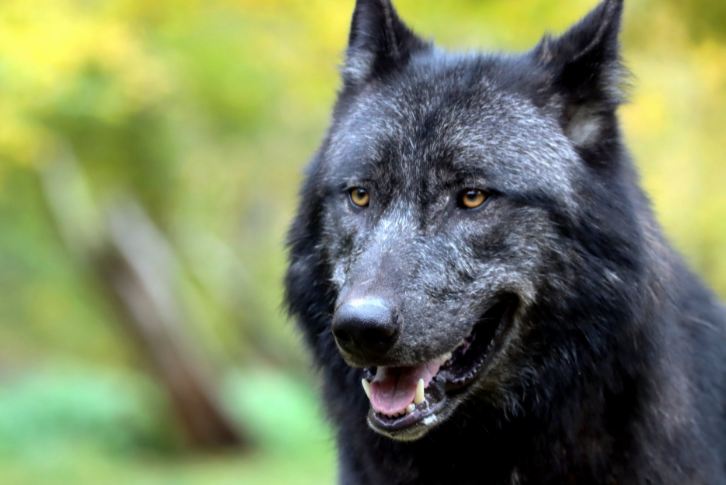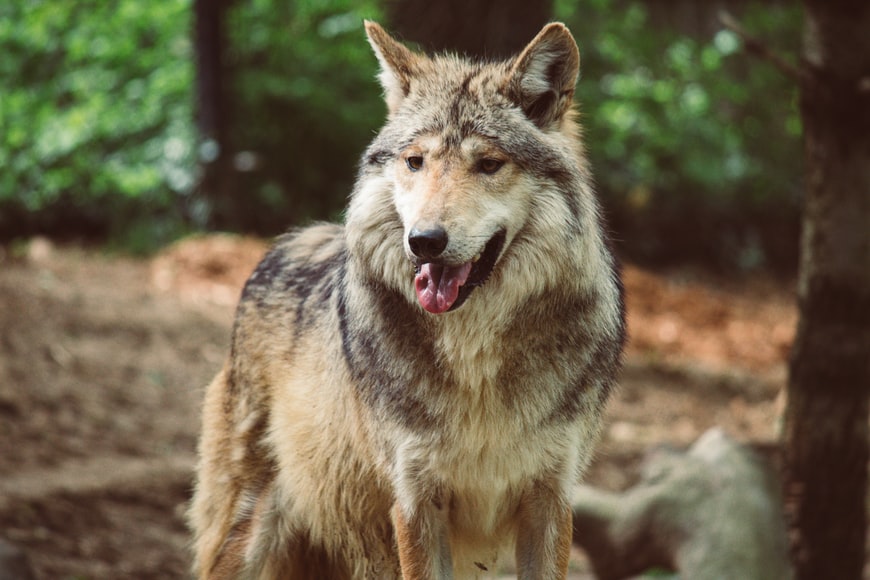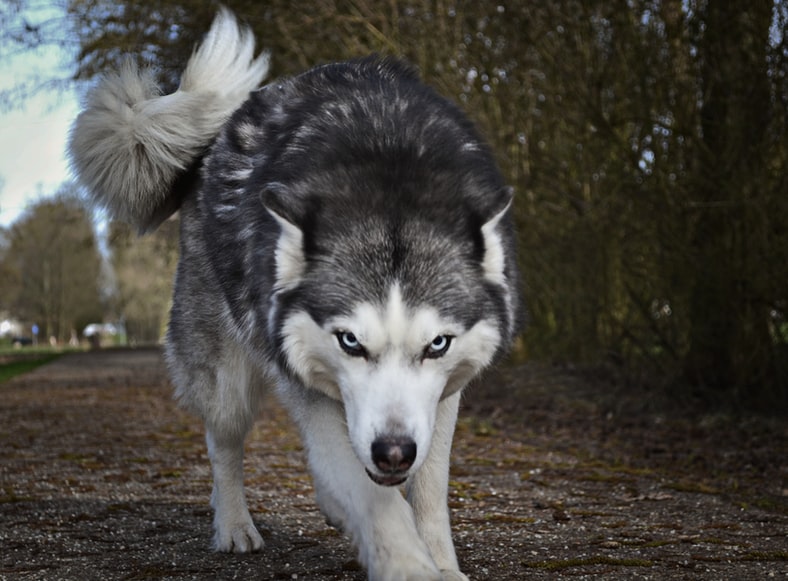Of course, many of you have already seen a wolf either on the internet or in real life. This animal’s typical habitat is in forests, mountains, or deserts, depending on the breed type. But have you already seen a Mexican Wolf Dog? This kind of breed is not common in different countries and can be seen mainly in the central part of America.
Third Breed of Mexican Dogs
The Mexican Wolf Dog or the Calupoh, as Mexican natives called it, is a canine breed that originated in Mexico. It is a hybrid of a Mexican gray wolf and a dog that was developed during pre-Hispanic times. However, the domestication of this Mexican wolfdog needed centuries before it became successful. Then finally, in 1999, the Mexican Canola Federation recognized Calupoh as the third Mexican dog breed after Chihuahua and Xolo.
Saving the Ancestral Species of Calupoh
Due to consistent hunting of the ancestral species of Calupoh during the pre-Hispanic period, ancient genetic preservations were performed to save this breed. This includes recovery and conservation of its ancestral species, where tremendous research and time were needed to fully develop and domesticate Calupoh in Mexico. So, not until the sixteenth century where the domestication process of the Mexican wolfdog became successful.
First Specimens and Remains of the Mexican Wolf Dog
For everyone’s information, Calupoh was before an essential mystical and social significance during the pre-Columbian period. This was found out after discovering important specimens and remains of the Mexican wolfdog in different ancient temples.
The first specimen of Calupoh was found in Plaza Mayor, where it was ritually dressed with gold pieces. This was also true when specimens of the Mexican wolfdog were found in the Temple of Quetzalcoatl and Pyramid of the Moon. It was believed that the ancestral species of Calupoh were used as part of a ritual offering by that time.
The first specimens of the said Mexican wolfdog were only identified in 1999 due to archeological work and research. While its remains were later found in 2017. This specimen is said to be more than five centuries old, according to archeologists and scientists today.
Characteristics of Calupoh
In general, the wolfdog is strong, agile, and resembles an American wolf with great size. The male Calupoh are incredibly masculine, taller, and have a balanced wolf nature than females. The prominent identifying mark of Calupoh is its imposing yellow or orange eyes.
Some of the main features of Calupoh are also identified here:
- Size and Proportions. An adult male size has a minimum of sixty-two centimeters and a maximum of seventy-five centimeters. While an adult female size has a minimum of fifty-eight centimeters and a maximum of seventy centimeters. Their weight does not cause any disproportion to their height, making their breed solid and agile.
- Behavior and Temperament. It is a very dynamic and athletic dog, yet it is stable and can be handled easily by its owners. They can also be trained in different kinds of activities at home. Calupoh is a loyal and noble dog that can coexist with other pets around the house with a family. However, it is shy around visitors.
- Head. The size of its skull is proportional to the length of the snout. This nicely balances the structure of the wolf and the dog. When Calupoh comes to its maturity, it develops a mane around the neck typical to a wolf.
- Body. The general outlook of its body illustrates excellent dynamics and elegance. But its strength and balance yield more to a typical wolf.
- Movement. The overall actions of Calupoh are elegant and fluid that resembles a primitive dog. It also shows harmony and efficiency similar to a dog.
- Coat and Hair. The hair of a Calupoh is medium in length and double-layered, with a rough texture in the outer layer and soft texture in the inner layer. Its coat is generally black or smoked-black, but some adults turn to silver like their wolf ancestors.
- Some Identified Faults. These are considered faults due to their possible effects on the health and welfare of the dog.
- Crooked limbs
- Lack of pigmentation of the lips
- Pink colored lips
- Missing teeth



